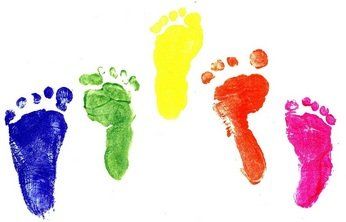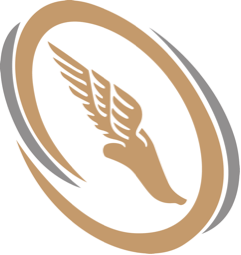Heel Pain in Children
What is Heel Pain in Children?
Calcaneal Apophysitis
Calcaneal apophysitis is a painful inflammation of the heel’s growth plate. It typically affects children between the ages of eight and 14 years old, because the heel bone (calcaneus) is not fully developed until at least age 14. Until then, new bone is forming at the growth plate (physis), a weak area located at the back of the heel. When there is too much repetitive stress on the growth plate, inflammation can develop.
Calcaneal apophysitis is also called Sever’s disease, although it is not a true disease. It is the most common cause of heel pain in children and can occur in one or both feet.
Heel pain in children differs from the most common type of heel pain experienced by adults. While heel pain in adults usually subsides after a period of walking, paediatric heel pain generally doesn’t improve in this manner. In fact, walking typically makes the pain worse.

Causes
Overuse and stress on the heel bone through participation in sports is a major cause of calcaneal apophysitis. The heel’s growth plate is sensitive to repeated running and pounding on hard surfaces, resulting in muscle strain and inflamed tissue. For this reason, children and adolescents involved in sports are especially vulnerable.
Other potential causes of calcaneal apophysitis include obesity, a tight Achilles tendon, and biomechanical problems such as flatfoot or a high-arched foot.
Symptoms
Symptoms of calcaneal apophysitis may include:
- Pain in the back or bottom of the heel.
- Limping.
- Walking on toes.
- Difficulty running, jumping, or participating in usual activities or sports.
- Pain when the sides of the heel are squeezed.
Diagnosis
To diagnose the cause of the child’s heel pain and rule out other more serious conditions, the foot and ankle surgeon obtains a thorough medical history and asks questions about recent activities. The surgeon will also examine the child’s foot and leg. X-rays are often used to evaluate the condition. Other advanced imaging studies and laboratory tests may also be ordered.
Non-surgical Treatment
The surgeon may select one or more of the following options to treat calcaneal apophysitis:
- Reduce activity.
- Support the heel.
- Medications.
- Physical therapy.
- Immobilization.
Can Calcaneal Apophysitis Be Prevented?
The chances of a child developing heel pain can be reduced by:
- Avoiding obesity.
- Wearing supportive shoes.
- Avoiding or limiting wearing of cleated athletic shoes.
- Avoiding activity beyond a child’s ability.
When is Surgery Needed?
To diagnose the cause of the child’s heel pain and rule out other more serious conditions, the foot and ankle surgeon obtains a thorough medical history and asks questions about recent activities. The surgeon will also examine the child’s foot and leg. X-rays are often used to evaluate the condition. Other advanced imaging studies and laboratory tests may also be ordered.
Complete and comprehensive spectrum of both diagnosis and treatments
QUICK LINKS
ABOUT
Specialist Foot and Ankle Surgery and Consultation in Manchester. Our specialist team of surgeons and podiatrists provide the highest level of expertise in the effective management of any foot and ankle condition. .
Manchester Foot And Ankle Clinic / North West OrthoSports is a Registered Trade Mark
North West OrthoSports / Manchester Foot & Ankle Clinic Ltd
93-107 . Lancefield Steet
Glasgow .G3 8HZ
Limited Company-387376
VAT Registration - 214 0705 54
Please See Our Legal Disclaimer on Online Medical Advice
All Rights Reserved | Manchester Foot And Ankle Clinic | Privacy Policy
We use cookies to ensure that we give you the best experience on our website. To learn more, go to the Privacy Page.


